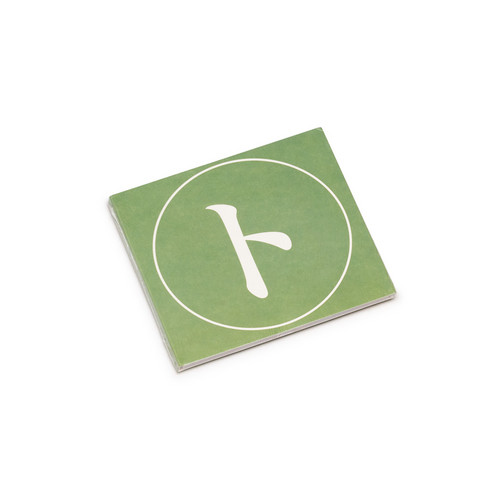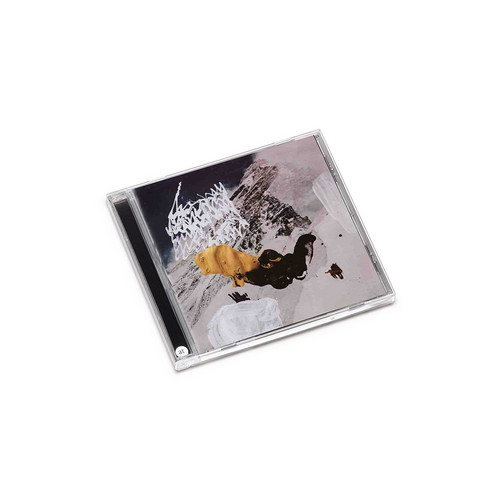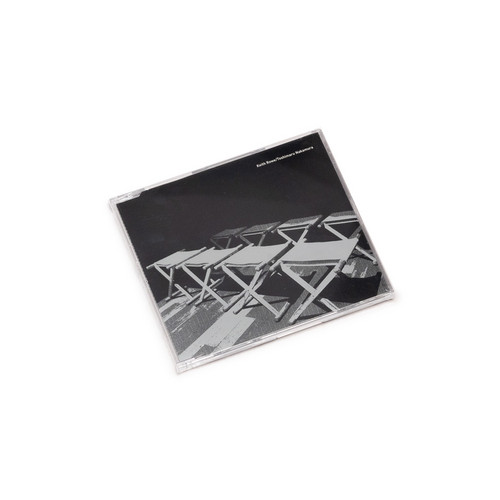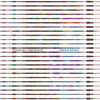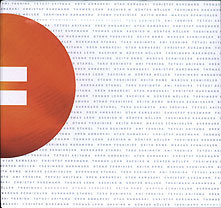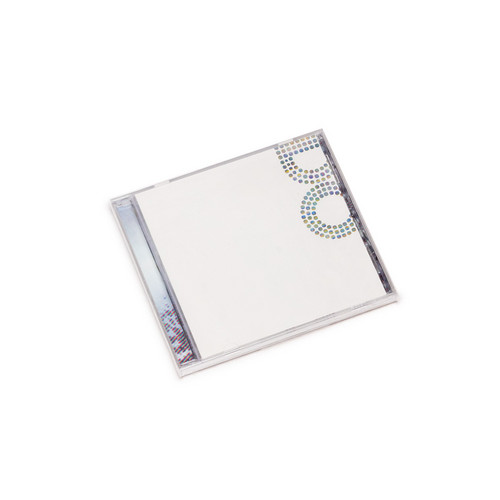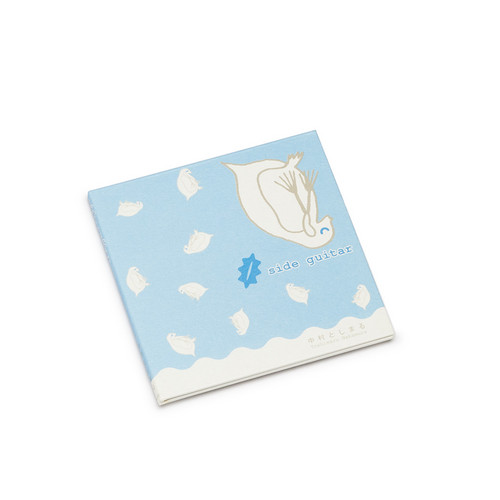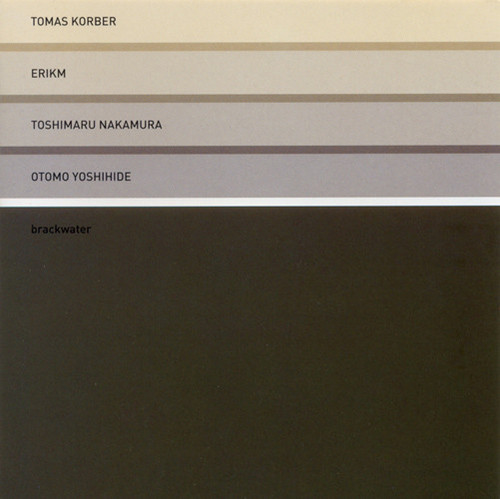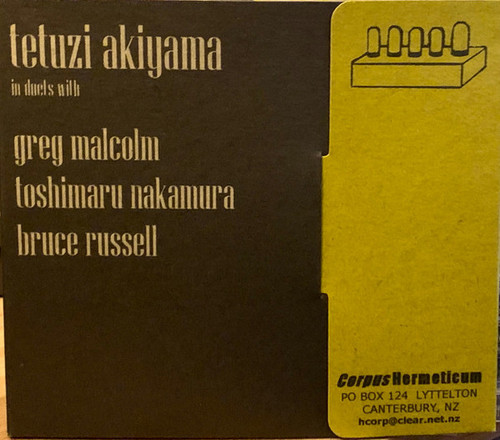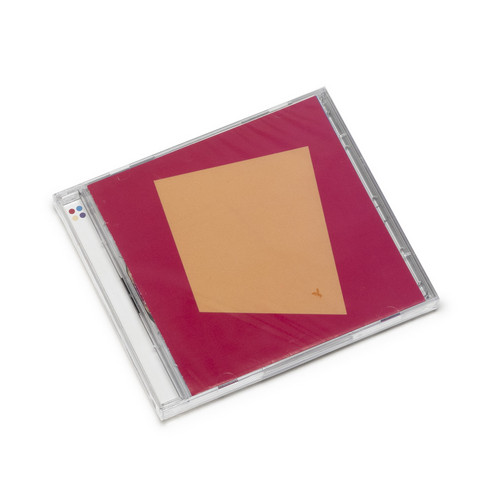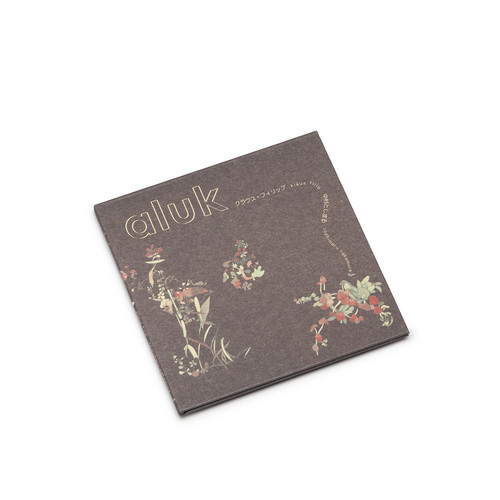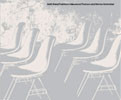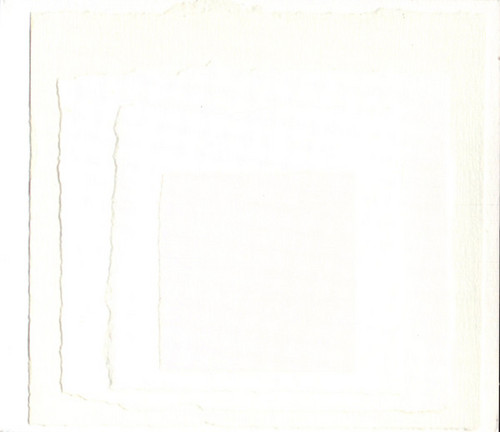Toshimaru Nakamura
Toshimaru Nakamura is a Japanese musician, active in free improvisation and Japanese onkyo. He began his career playing rock and roll guitar, but gradually explored other types of music, even abandoning guitar. He uses a mixing console as a live, interactive musical instrument: "Nakamura plays the 'no-input mixing board', connecting the input of the board to the output, then manipulating the resultant audio feedback." Nakamura's music has been described as "sounds ranging from piercing high tones and shimmering whistles to galumphing, crackle-spattered bass patterns." Nakamura has recorded solo albums, and has collaborated with Yoshihide Otomo, Keith Rowe, and Nicholas Bussmann among others.
Toshimaru Nakamura is a Japanese musician, active in free improvisation and Japanese onkyo. He began his career playing rock and roll guitar, but gradually explored other types of music, even abandoning guitar. He uses a mixing console as a live, interactive musical instrument: "Nakamura plays the 'no-input mixing board', connecting the input of the board to the output, then manipulating the resultant audio feedback." Nakamura's music has been described as "sounds ranging from piercing high tones and shimmering whistles to galumphing, crackle-spattered bass patterns." Nakamura has recorded solo albums, and has collaborated with Yoshihide Otomo, Keith Rowe, and Nicholas Bussmann among others.
No Input Mixing Board #8
Toshimaru Nakamura returns with another outstanding full-length of no-input mixer improvisations. Hello, Dear…ah, anyone who takes this up in front of your eyes and ears. Here’s my new (in 2013) solo album. I hope you find it worthy enough to take your time and have a listen. It was recorded in one day. Compared to my previous releases, “Maruto” on Erstwhile Records (2 years to produce), “Egrets” on Samadhisound (5 years), it came to life quite quickly. Almost like it popped out. But it took thr…
Maruto
Using his no-input mixing board Toshimaru Nakamura, perhaps the ultimate Onkyo artist, spent two years creating this work, which is also the second release in the Erstsolo series. Nakamura constructs this 46 minute piece from recordings of his mixer, which generates a combination of hum, glitch, buzz and subliminally disruptive sound. He develops the results into gentle and non-violent textural and impressionistic music that unfolds in a meditative and absorbing manner. That Nakamura c…
Crepuscular Rays
Norwegian guitarist Håvard Volden (12-string guitar, objects) and Japanese master Toshimaru Nakamura (no-input mixing board) recorded these two pieces in Norway in 2008, creating what one Norwegian reviewer calls "a timbre based album with some auditory surprises." The music is "slow and quiet, with contrasting elements. A cutting tone, a crackling flicker, or a deep bass tone gives the progress colour. It is exciting to listen to an expression that moves with this much unpredictability."
Norman…
ErstLive 008
Keith Rowe's concluding set, with longtime partner Toshimaru Nakamura, at the AMPLIFY 2008: Light festival, recorded on September 21, 2008 by Taku Unami. AMPLIFY 2008: Light was an intense and deeply immersive experience for all who were lucky enough to be present, and quite a bit of that was attributable to Rowe's four sets, which are now available for all to hear.
Soba To Bara
Free improvisation has rarely seen significant new movements as influential as the small group of Tokyo musicians once labeled as "onkyo", who have now been a primary driving force in contemporary improvisation for a full decade. Over that decade, these musicians have been responsible for some of the strongest and most radical work on Erstwhile, and Soba To Bara sits firmly in that lineage.Ami Yoshida strives to create a pure sound, abstracting her voice until it becomes almost completely unreco…
Un
1998. First collaboration of this duo with sachiko M on sine waves and Toshimaru nakamura on no-input mixing board.
Dance Music
Don’t be fooled by the casual title of this release; you will hear a veritable Ghost in the Machine cloaked in pure electronic sounds. Japanese composer Toshimaru Nakamura goes beyond the furthest reaches of sound in his mission to cross the border to the other side. This time it falls to dancing poltergeists and hellish, rattling machines to scourge Nakamura’s soundscapes. Toshimaru Nakamura is known worldwide as the master of the no-input mixing board. From out of nowhere he manages to conjure…
AMPLIFY 2002 | Balance
2003 release ** Featuring: Thomas Lehn, Toshimaru Nakamura, Tetuzi Akiyama, Günter Müller, Christof Kurzmann, Taku Sugimoto, Keith Rowe, Marcus Schmickler, Otomo Yoshihide, Burkhard Stangl, Sachiko M, Cosmos. "A document of the 2002 Amplify festival in Tokyo curated by Erstwhile's Jon Abbey. Disc 1 and 7 are smaller club shows that took place outside the Festival proper, disc 2 is a studio session that took place around the time of the festival and discs 3-6 feature eight of the twelve sets that…
do
A groundbreaking release from two youngish Japanese improvisers. Sachiko M plays sample-less sampler, and Nakamura uses the no-input mixing board--both instruments which conceptually produce no sound, yet these two conjure it out, somehow."Do" was recorded live in Europe and Tokyo last summer, and features three improvisations varying in length from just over two minutes to slightly under 40. While the shorter tracks are worthwhile and hold moments of greatness, it is the first, very long track …
Side guitar
Toshimaru Nakamura's main instrument of late has been what he calls the 'no-input mixing board.' Rather than input external sound sources into the mixer, he treats it as a self-contained instrument by controlling its internal feedback -- the result being a truly original performance style. Over the past four years, Nakamura has released the solo NIMB CDs No-Input Mixing Board (on the Zero Gravity label), No-Input Mixing Board 2 (a bruit secret), Vehicle (cubic music), and No-Input Mixing Board […
Brackwater
Recorded by Laurent Perrier Sonorisation at the former state prison of Sion, May 4, 2003.
Good Morning / Good Night
Well, 'Holy Good Night!' seems an appropriate reaction when faced with a substantial double-disc offering from the 'holy triumvirate' of Japanese reduced improvisation and minimal electronics, ie Otomo Yoshihide, Sachiko Matsubara and Toshimaru Nakamura. In August 2003, they quietly entered a studio in Tokyo and laid down the basis for this music in only two days. The following month saw a final mixdown issue from their hands. Amazingly, the roof did not fall in on the musical world as a result.…
Aluk
Vienna artist Klaus Filip plays music using nothing but sine waves produced with 'lloopp,' an improvisation software program he invented and continues to refine. Toshimaru Nakamura makes music simply by controlling a mixing board's internal feedback, inputting no external sounds. Two artists with highly individual playing methods, they came together to create this album of improvisational works. Two of the three tracks were recorded in a Tokyo studio in May of 2005, when Filip came to Japan alon…
s/t
ErstLive is a new series of releases from Erstwhile Records, documenting notable live sets associated with the label. The discs are designed to simulate a concert experience, each in the same template design using two colors chosen by the musicians involved, with a photo of the concert on the back cover. Each will be in an edition of 800 CDs and not reprinted. The initial releases will be chosen from the AMPLIFY 2004 festival which took place in Cologne and Berlin in May 2004. ErstLive …
s/t
ErstLive 005 is from the quartet of Keith Rowe, Sachiko M, Toshimaru Nakamura, and Otomo Yoshihide, the centerpiece show of AMPLIFY 2004: addition, the "four hour quartet". ErstLive 005 contains three individually packaged slimline CDs in a slipcase with original artwork by Keith Rowe, which wraps around the entire box, front, side, and back, as well as liner notes from all four musicians and numerous pictures from Yuko Zama. ErstLive 005 documents only the second performance of this quartet, a…

